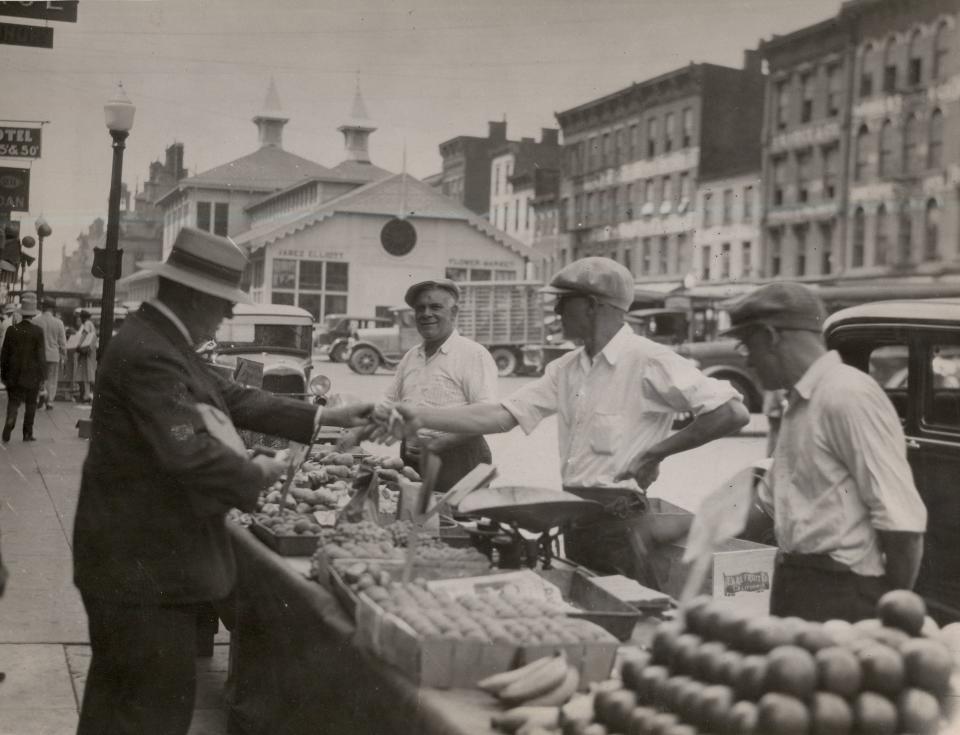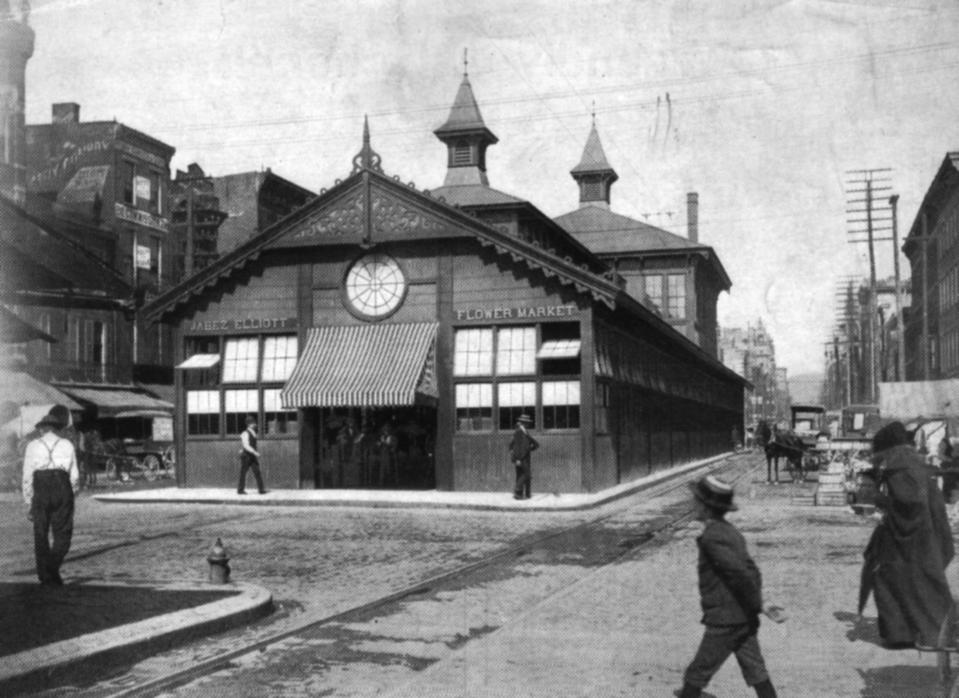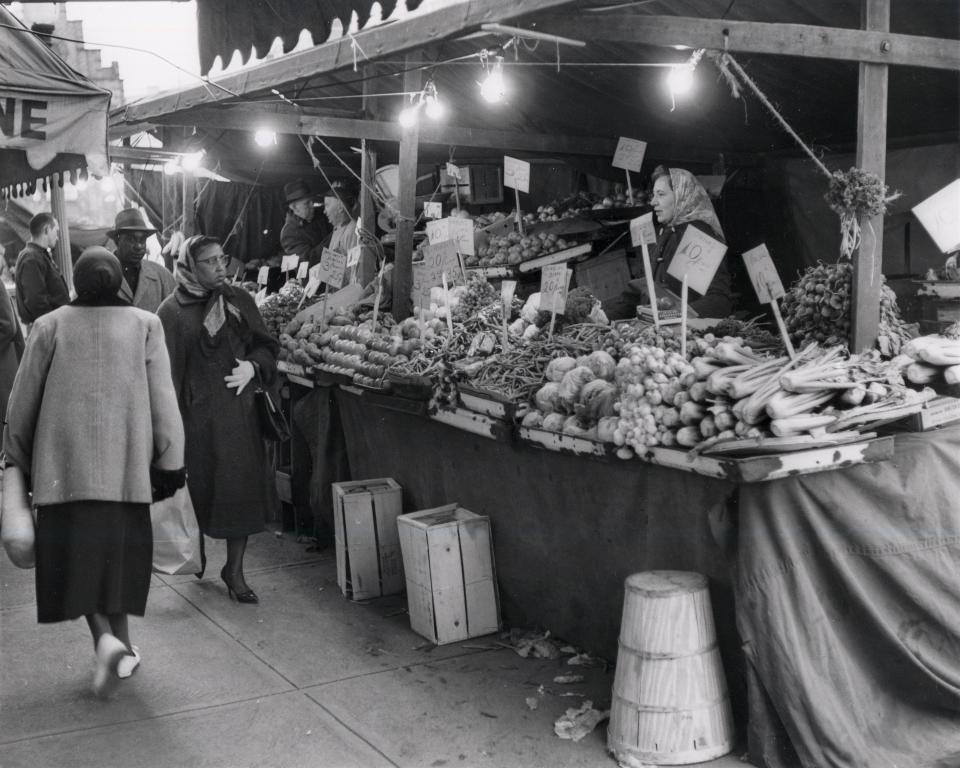Cincinnati was once a hub for public markets. And Sixth Street Market was the place to be
A version of this story originally published June 3, 2012. It is part of a collection of history columnist Jeff Suess’ favorite columns.
In the 19th century, folks in densely populated cities shopped for goods at public markets. Streets were bustling with vendors hawking their produce.
“Git your apples, bushel for a dime!”
As many as six markets served Cincinnati at the start of the Civil War. Over time, as people spread to the suburbs and grocery stores popped up on every corner, the public markets disappeared. Today in Cincinnati only Findlay Market survives.
There’s hardly a trace of the others. Fifth Street Market was demolished overnight in 1870 to make way for Fountain Square. Court Street Market was closed as unsanitary in 1912.
The last to go was Sixth Street Market, which occupied two blocks between Elm Street and Western Row (now Central Avenue) for 100 years before it was torn down in 1960.

Pieces of history: The historic Albee arch won’t be on the renovated convention center. Where should it go?
Two market houses stood in the middle of Sixth Street. One sold meat, eggs and dairy; the other was a popular flower market. Along the curbs, the city leased 111 stands to sell fruits and vegetables of every kind. Young girls sold baskets and pretzels.
The meat house, built in 1895, extended from Plum Street to Central Avenue. The buff-brick masonry building housed 64 stalls for butchers and dairy merchants, but had no heating, making for frigid winters. The German-styled tiered façades were accented with ornamented spires and decorative eagles and rams’ heads in brick red.
The elegant Jabez Elliott Flower Market, facing Elm Street, claimed to be the nation’s largest indoor market that exclusively sold flowers. In 1890, Mary E. Holroyd donated $10,000 (about $340,000 today) to the city to build a flower market in memory of her first husband, Jabez Elliott, who had been distressed over flowers suffering in cold weather at outdoor markets.

Designed by architects Samuel Hannaford & Sons, the 7,200-square-foot market attracted shoppers with colorful blooms and sweet fragrances year-round. The Cincinnati Florists’ Society met upstairs and held flower shows inside.
The memorial lasted just 60 years. Business wilted until the flower market was open only for Christmas and Easter. It was razed in 1950 for metered parking.
The end could be seen coming for a while. Downtown was undergoing urban renewal. Traffic needed an entrance to the Mill Creek Expressway, now known as Interstate 75. Sixth Street Market was in the way. The market bell rang for the last time on New Year’s Eve, 1959.

A scaled-down market moved one block up to George Street for a while, but that, too, is gone. Today, the stretch of Sixth Street where the market stood is sandwiched between the back of Duke Energy Convention Center and a parking garage. It is difficult to imagine a street market was ever there.
This article originally appeared on Cincinnati Enquirer: Remembering Cincinnati's era as a hub for public markets

